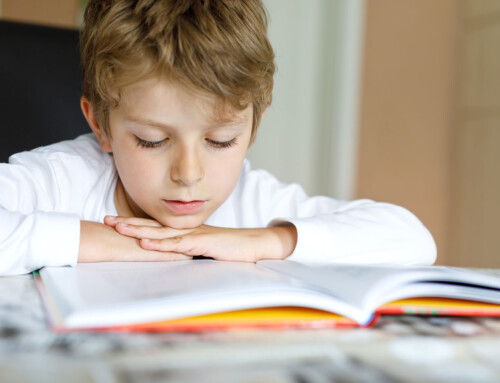Guest blog post by Caitlin Magistad.
My name is Caitlin Magistad, and I’m excited to be a new guest blogger for the CASCW Child Welfare Policy blog! I’m a third year MSW student here at the University of Minnesota. I currently work as a case manager at a local family homeless shelter, and am doing my second field placement at the Minnesota Council of Child Caring Agencies, a statewide association of providers of treatment services for children and adolescents that engages in policy and legislative advocacy on behalf of its members. I’m primarily interested in the intersections between family and youth homelessness and child welfare, and how policy can be used to promote systems change and best practices for the well-being of children and families.
Addressing homelessness among youth in Minnesota
In Minnesota, children and youth age 21 and under comprise 46% of the state’s homeless population (Wilder, 2013). Significant overlap exists between homeless youth and youth involved in the child welfare system. Homeless youth and youth aging out of the foster care system often lack family support and permanent homes needed to successfully transition to adulthood. Sixty four percent of youth surveyed by Wilder Research in 2009 had experienced at least one out-of-home placement in a foster home, group home, detention/correctional facility, or treatment center; 45% had been physically or sexually mistreated; and 30% of youth had stayed in an abusive situation because they had no other housing options. Twelve percent of homeless young adults aged 18-21 reported having to leave a foster home or other placement because they were too old to stay there. Beyond the risks that homelessness poses to unaccompanied youth themselves, the Wilder Survey found that 34% of youth interviewed had children of their own.
The Runaway and Homeless Youth Act, first passed by the Minnesota Legislature in 2006, defines homeless youth as unaccompanied young persons ages 21 and under. The act also defines youth at risk of homelessness; this definition includes youth exiting out-of-home placements, youth exposed to abuse or neglect in their homes, and youth who experience conflicts with parents due to substance abuse, mental health disabilities, or other disabilities.
Current legislation: Runaway and Homeless Youth Act
While Minnesota has statutory language defining these youth and the interventions to be provided, minimal funding has resulted in an insufficient crisis response to youth homelessness; for example, the number of youth emergency shelter beds remained flat between 2003 and 2009 (Wilder, 2010).
In the 2013 Legislature, Minnesota House File 698 and Senate File 565 propose an $8 million appropriation to fund the Homeless Youth Act over the 2013 biennium, a significant increase from the $218,000 and $238,000 the act received in the 2009 and 2011 biennium funding cycles. The bills also amend the title of the act, striking “Runaway and” in an effort to eliminate negative and/or judgmental terminology towards unaccompanied youth, recognizing that in many instances, youth become homeless after running from abuse or neglect in their family homes.
Thus far in the legislative session, HF 698 was held for possible inclusion in the House Health and Human Services Finance committee omnibus bill. SF 565 passed through the Health, Human Services, and Housing committee and was referred to the Senate Finance committee. Additionally, in his budget supplemental, Governor Mark Dayton included $5 million in funding for youth homelessness prevention programs. Currently it is unknown if the bill will be signed into law or included in the HHS omnibus bill.
